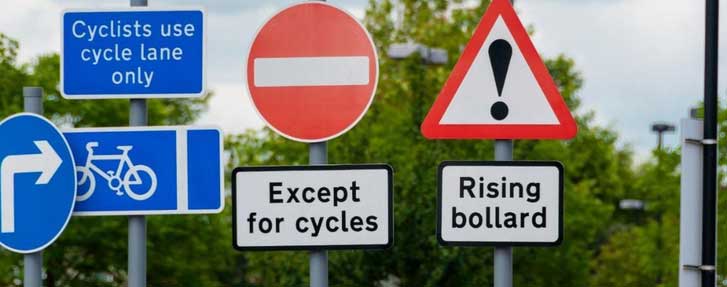Reviewed by Anurag Mishra (Sr. Technical Consultant)

While riding on the road, we hardly pay any attention to our surrounding. It’s a worth noting thing that there is extensive colour usage on the road to regulate safety rules. White and yellow road marking, tricolour traffic signals, blue and green signboards, barriers, cones and many other things. Every colour has its own significance and any change in the coding may lead to confusion among pedestrians and drivers. It is imperative for the traffic and road safety department to follow the colour guidelines to keep the chaos at bay. In fact, there are certain colour standards which are followed globally. To keep the colour scheme consistent according to the standards, colour measurement instruments are brought into use. These devices are helping the department in dealing with everyday challenges quite smoothly.
Certain components are used for road safety at road construction sites. Barriers and cones play a major role in guiding the drivers and pedestrians. Usually, orange is the preferred colour for cones and barriers for alerting people and diverging traffic. The visibility of colour orange is very high, in fact, it stands contrast with almost all colours. This highlights any signs of warning and danger from a distance.
Injection moulding is the process used to make cones. During this process, sometimes, cones lose their colours or due to uneven distribution there is inconsistency in the colour of the final product. See, every time you prepare the base material for a new batch, there has to have a colour discrepancy.
Contamination in the injectors, residual from previous batches, or the mould can lead to colour failure of the end product. Here, arises an exigency of incorporating the use of colour measurement instruments in the process. Testronix offers a wide range of colour measuring devices to quantify the colours of the products. These portable and hand-held devices are perfect to use on the production line, sample assessment, final product assessment.
Spectrophotometer–TP 800 and TP 810 are portable spectrophotometers to compare the master colour with the sample colour. The only condition required is a flat surface. If used on the uneven surface, the natural lights from surroundings will collide with incident light and affect the final observation.
Colorimeter – TP 110 and TP 310 are again used for colour measurement of the surface. It gives the value of E which further has, L, a, b components of colours. According to the colour recipe, the colour manager can alter the values of L, a, b to get the desired E value.